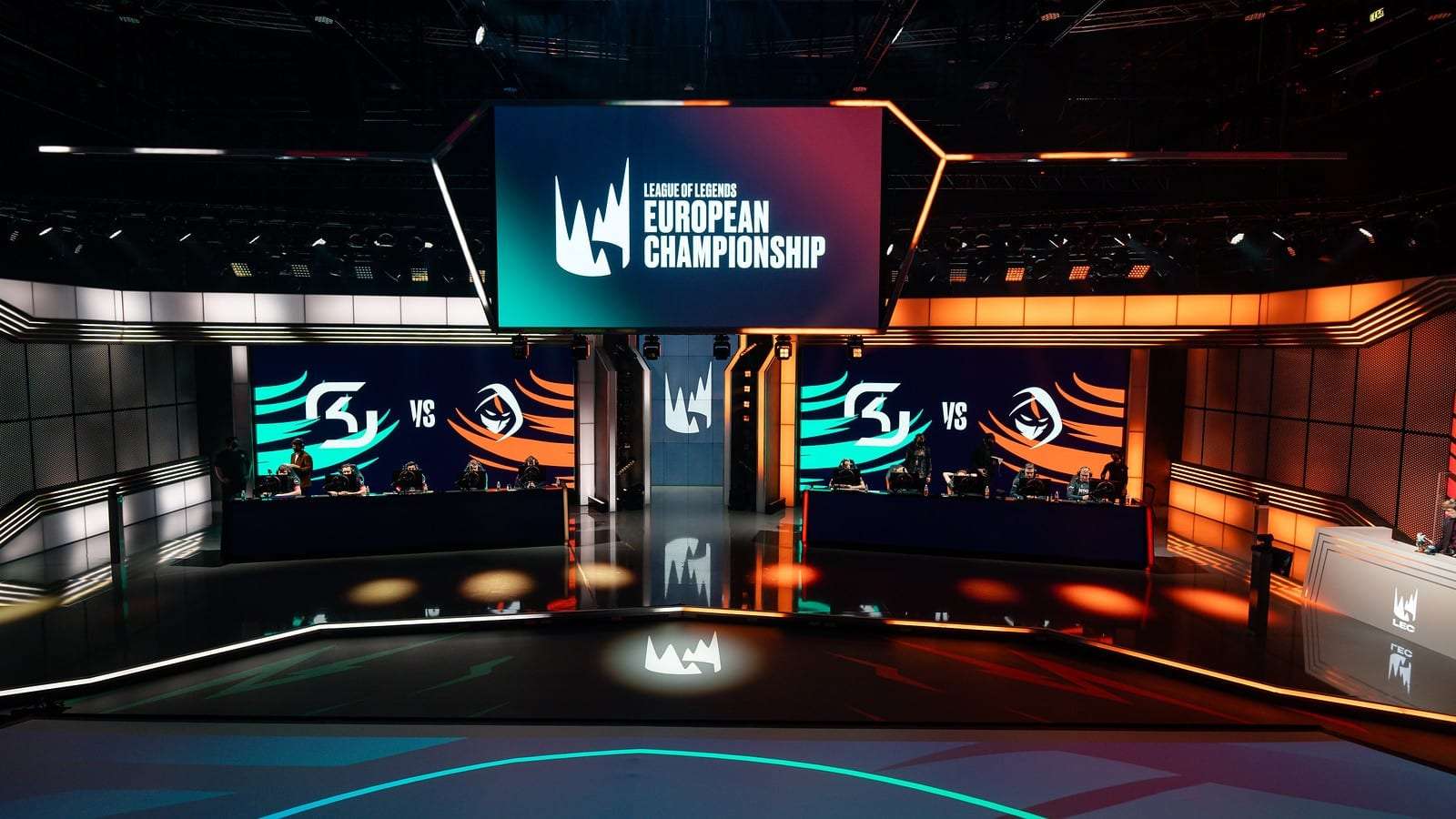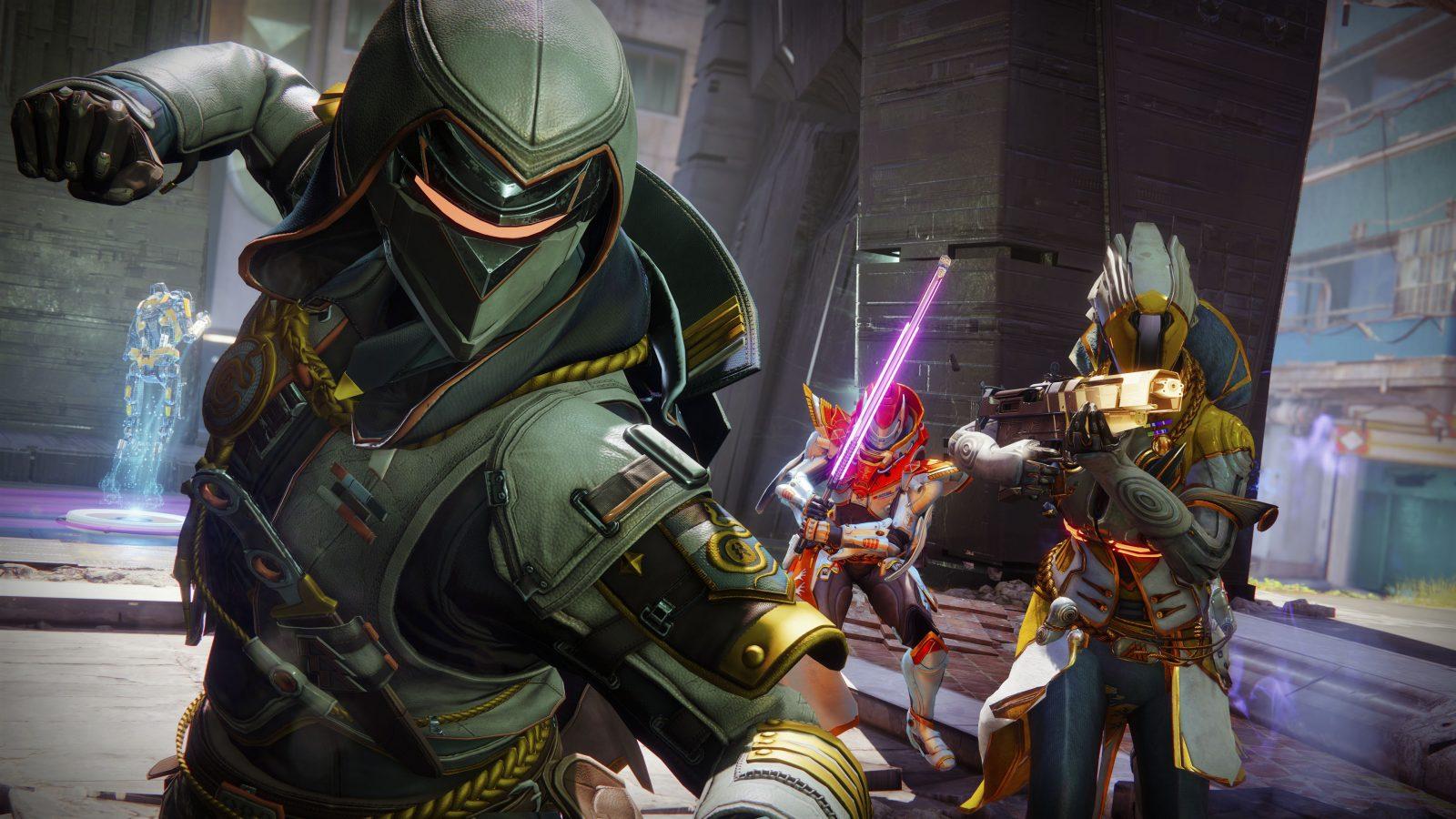What’s really going on with the LEC’s viewership?
 Michal Konkol/Riot Games
Michal Konkol/Riot GamesAccording to a report by ESCharts, the League of Legends European Championship has been steadily losing viewers for the past two years – here’s why, and why that’s not as much of a problem as you might think.
Viewership is tantamount to monetization for esports tournaments.
With arena/studio attendance still minimal due to the ongoing global health crisis, and other monetization avenues like merchandise and paid stream subscriptions unpopular in the esports community, viewership means advertising revenue, and advertising revenue means money to keep the broadcasts going.
And nobody understands the need for viewership better than a tournament whose viewership is declining.
The League of Legends European Championship, or LEC, is one of these tournaments. A recent report by ESCharts revealed that the tournament’s viewership had been on a decline for the past two years, with a brief peak in the first week of Spring 2022.
Based on the results of the first three weeks, #LEC Summer 2022 has the lowest viewership in 2 years at the start of the season. 😕
Read on the reasons for the downtrend & what could be done about it👇 https://t.co/UYFelymgyA pic.twitter.com/xfAFswt4fq— Esports Charts ✈️ #TwitchCon (@EsportsCharts) July 7, 2022
This is, at first glance, a very worrying trend. Community discussion on Twitter and Reddit echoed this sentiment, with many fans positing that we were beginning to see the death of the LEC in real-time. And while I don’t necessarily agree with some of the more vehement doomsayers, it would be remiss to simply ignore these statistics altogether.
So what is causing this trend? Many fans gave their thoughts in a now-deleted Reddit thread, with opinions ranging from ‘the quality of Europe’s games has gone down’ to ‘Western League of Legends is dead and the LEC has killed it’. But, as with all things, there is no single explanation that can succinctly explain these statistics.
The world’s opening up again
It hurts to say it, but a big reason for the LEC’s incredible viewership peak in 2020 was simply because people didn’t have anything else to do.
With lockdown restrictions becoming a global norm, many former sources of weekend entertainment were suddenly inaccessible. So people turned to the esports broadcasts which were one of the few large-scale entertainment productions still able to keep running throughout innumerable countrywide lockdowns.
Esports was a consistent beacon in an uncertain time, and I know that I and many other fans are hugely grateful for the sense of normalcy that it provided. But now, with the world opening up again, people are finally able to go and do the activities they’ve missed out on for the past two years.
yea it's definitely not having a lockdown in all countries making everyone stay at home 150% more
— Luka (@Perkz) July 7, 2022
Going out for drinks with friends, going to sporting events, restaurants, the movies. Unfortunately, esports broadcasts and Twitch streams are going to be taking a backseat while people exercise the freedoms they’ve missed out on for so long.
And before the cries of ‘gamers don’t go outside lul’ start to ring – yes they do. Maybe examine what your idea of a gamer is, because it’s probably inaccurate.
This change is also not the fault of esports broadcasts being unable to keep fans’ attention – it’s a natural response to the weird, weird world we’ve been living in for the past two years. It’s also not an LEC, or even an esports-specific problem: average viewership for the entirety of Twitch peaked in 2021 at 3.1 million average viewers for the month of March, and has steadily dropped since then to a fairly consistent 2.5 million for the past five months.
Europe is looking less competitive
2018 and 2019 were the golden years of European League of Legends. We had two European Worlds finalists and even our first-ever European MSI champion – it was, unquestionably, the most successful run of international performances Europe had ever had.
But it’s not 2019 anymore. Europe simply hasn’t been able to replicate that level of international success at any major event since then. And it’s not been for lack of trying – we’ve seen both G2 Esports and Team Vitality invest in superteams with the intention of becoming a dominant international force but, as of yet, we’ve seen no results.
Regionally, the LEC’s games are generally entertaining. Especially now that Excel and Astralis have finally stepped up their game and are becoming real contenders after spending multiple splits sat firmly at the bottom of the standings. But unfortunately, that’s just not translating to the same kind of international dominance that drew so many fans to the region in 2018/2019.
With only two international tournaments per year in the League of Legends calendar, a region’s performance at those tournaments really, really matters. And while it’s unfair to say that people are refusing to watch the LEC because of this poor international performance, it’s entirely reasonable to suggest that the LEC isn’t attracting as many international fans as before from their appearances at Worlds and MSI.
Some important things to remember
Firstly, and probably most importantly: this is not the death of European League of Legends, so hold on to your hats. League’s pandemic boom somewhat artificially inflated global perception of just how popular the esport actually was – what we’re seeing now actually feels like a much more realistic expectation of viewership.
League also now has Valorant to contend with – although the overlap isn’t huge (according to a report by Stream Hatchet) it does exist, and the conflicting stream times mean that fans are being forced to choose.
Secondly, this isn’t a solely European problem. League’s viewership is going down across all the major regions (not accounting for Chinese viewership of the LPL). For a while, the LCS received by far the most public ridicule about losing viewers, but it’s happening everywhere.
The reasons for this are, I would hazard a guess, fairly standard worldwide. The world is reopening, Western teams are once again struggling to keep up with China and Korea, Valorant and other esports titles continue to grow while League remains stagnant.
Thirdly, while the LEC’s popularity is potentially up for debate, the increase in Europe’s regional leagues is only getting stronger. The popularity of the LFL and the Superliga has grown to incredible levels in recent years, helped in part by fandom powerhouses like Ibai Llanos’ KOI and LFL giant KCorp.
Is the LEC, and the wider world of League of Legends alongside it, a lost cause? No. But are we as fans going to need to tone down our expectations of quite how big an audience LoL Esports should be reaching? Yes.
Maybe we’ll be able to re-achieve the pandemic viewership boom in a few years time, through sustainable viewership growth. But what we’re seeing now is a return (roughly) to pre-pandemic figures. The LEC Spring split of 2019 drew in 207K average viewers – the 2022 Spring split saw 270K. If we take out the years whose viewership was inflated by the pandemic, then that is fairly healthy and normal growth rate.



